Slava Ukraini! In early 2022 I began a Telegram channel aggregating news from a number of sources daily on the war in Ukraine. In June 2023 I began providing a daily draft for the Ukraine War Brief Podcast collecting news from over 70 sources daily, which formed the basis of the script. While the Podcast no longer exists I have continued to make this Brief available for my followers here on Substack for those who wish to keep up with the news from the war.
All the latest news on the Russo-Ukraine War 6 days per week
ALONG THE CONTACT LINE
GSAFU Morning Report
For: Mar 19, 2025
The General Staff of the Armed Forces of Ukraine in its Operational Information update at 08:00 on Mar 19 stated that day 1120 of the full-scale invasion of the Russian Federation against Ukraine had begun.
The situation on the line of combat remains tense in some sectors. Ukrainian defenders continue to actively counteract the Russian aggressor, causing them significant losses in personnel, equipment and technology. Exhausting the enemy along the entire front line and continuing to disrupt the plans of Russian occupiers to advance deeper into the territory of Ukraine.
During the past day, 140 combat engagements took place.
Over the past 24 hours, the enemy carried out missile strikes, 65 air strikes, used 2,200 drones and fired approximately 5,300 artillery shells across the positions of Ukrainian forces and civilians.
Air Force Daily Report
72 ENEMY UAVS SHOT DOWN, 56 SIMULATOR UAVS FAILED TO REACH THEIR TARGETS (LOCATIONALLY LOST)
➖➖➖➖➖➖➖➖➖
On the night of Mar 19, 2025 (from 19:00 on Mar 18), the enemy attacked with two Iskander-M ballistic missiles, four S-300 anti-aircraft guided missiles, and 145 Shahed attack UAVs and simulator drones of various types from the directions: Bryansk, Orel, Shatalovo, Kursk, Millerovo, Primorsko-Akhtarsk - Russia.
The air attack was repelled by aviation, anti-aircraft missile troops, electronic warfare units, and mobile fire groups of the Air Force and Defense Forces of Ukraine.
As of 08:00, it has been confirmed that 72 Shahed attack UAVs and drones of other types have been shot down in Kharkiv, Poltava, Sumy, Chernihiv, Cherkasy, Kyiv, Zhytomyr, Vinnytsia, Kirovohrad, Dnipropetrovsk, Zaporizhia and Odessa regions.
56 enemy drone simulators were lost in location (without negative consequences).
The Sumy, Odesa, Poltava, Dnipropetrovsk, Kyiv, and Chernihiv regions were affected by the Russian attack.
Combat Operations in the Russian Federation
Kursk Sector: The Institute for the Study of War (ISW), a US based think tank, in its Mar 18 Russian Offensive Campaign Assessment reported that Russian forces attacked west of Sudzha near Gogolevka, south of Sudzha near Guyevo, attempting to push Ukrainian forces from their remaining positions in Kursk Oblast.
Belgorod Incursion: Russian sources claimed on Mar 18 that Ukrainian forces attacked along the Sumy-Belgorod Oblast border southeast of the remaining Ukrainian positions in Kursk Oblast.
The Khortytsia operational-strategic group
(Responsible for the northeastern part of Ukraine. )
Sumy Sector: Russian forces recently advanced across the international border in Sumy Oblast as part of continued ground operations to push Ukrainian forces from their remaining positions in Kursk Oblast.
Geolocated footage published on Mar 16 indicates that Russian forces recently advanced in southwestern Basivka (near the international border in Sumy Oblast and west of Sudzha)
Lyman Sector: Russian forces recently advanced in the Lyman direction.
Geolocated footage published on Mar 18 indicates that Russian forces recently advanced in a forested area west of Balka Zhuravka (formerly Nevske, northeast of Lyman).
Chasiv Yar Sector: Russian forces recently advanced in the Chasiv Yar direction.
Geolocated footage published on Mar 17 indicates that Russian forces recently marginally advanced along Chekhova Street in western Chasiv Yar
Toretsk Sector: Russian forces recently advanced in the Toretsk direction.
Assessed Russian advances: Geolocated footage published on Mar 17 indicates that Russian forces recently advanced in northern Toretsk and to a building in Tsentralna Mine in western Toretsk.
Geolocated footage published on Mar 18 indicates that Russian forces recently marginally advanced north of Novobakhmutivka (south of Toretsk) and north and northeast of Druzhba (east of Toretsk).
The Tavria operational-strategic group
(Responsible for the central-eastern and southeastern part of Ukraine.)
Kurakhove Sector: Ukrainian and Russian forces recently advanced in the Kurakhove direction.
Geolocated footage published on Mar 17 shows that Ukrainian forces recently advanced within central Kostyantynopil (west of Kurakhove).
Geolocated footage published on Mar 18 shows that Russian forces recently advanced southwest of Kostyantynopil.
Zaporizhia Sector: Russian forces recently advanced in western Zaporizhia Oblast amid intensified Russian offensive operations in the area, likely as part of efforts to leverage Russia's deliberate stalling of the temporary ceasefire proposal to make battlefield gains.
Geolocated footage published on March 18 indicates that Russian forces recently advanced in eastern Stepove (east of Kamyanske).
The Odesa operational-strategic group
(Responsible for Kherson, Qırım, (also known as Crimea) and the Black Sea.)
There have been no major changes to the combat environment since our last report.
TEMPORARILY OCCUPIED TERRITORIES
Nothing major to report.
THE HOME FRONT
Trump’s attempt to replace Zelenskyy has only strengthened him.
The debate over Ukraine’s elections and future leadership is intensifying. With peace talks gaining momentum, calls for elections are growing louder, and both the Russian and American sides are questioning Ukrainian President Volodymyr Zelenskyy’s legitimacy. However, criticism from the Kremlin and the Oval Office has inadvertently solidified his position, the Kyiv Independent reports.
For months, Zelensyky’s approval ratings, though always high, had been under pressure due to military setbacks, internal disputes, and questions over governance. That changed almost overnight. Recent polling shows a sharp rise in his ratings, with the increase directly tied to Ukraine’s growing rift with the United States, creating a strong rally-round-the-flag effect.
When U.S. President Donald Trump cast Zelenskyy as the obstacle to his “instant peace” plan, the Ukrainian president became a political martyr — positioned as a leader standing up to a powerful external force demanding concessions. As seen in past crises, Ukrainian political survival depends on defiance, not accommodation.
Zelenskyy is not alone in this. French President Emmanuel Macron sharpened his image as a European strongman by challenging Trump’s America-first policies. In Canada, the governing Liberal Party gained 15% as Trump waged his campaign of threats and tariffs. Even U.K. Prime Minister Keir Starmer has used his positioning as a "bridge to Washington" to consolidate his leadership. Politicians across the West are having their “Love Actually” moment, courtesy of Trump’s bullying.
Yet Zelenskyy is not merely posturing — he is actively resisting U.S. pressure to accept terms that would weaken Ukraine’s position. This resistance has transformed him from a leader facing difficult re-election prospects into a figure once again seen as indispensable.
Trump wants Zelenskyy gone, but he faces a significant problem: Who would the U.S. want as its preferred candidate? The idea that Washington could simply appoint a pro-American successor reflects a misunderstanding of Ukraine’s political landscape — a mistake Russia has made repeatedly.
The most likely contender is Yulia Tymoshenko, who has maintained political relevance through decades of reinvention. However, despite her longevity, Tymoshenko has never won a presidential election, and her appeal is increasingly limited to specific voter blocs. If Washington backed her, it would be backing a losing bet.
Another name emerging in speculation about private talks with the Trump administration is former Ukrainian President Petro Poroshenko, Zelenskyy’s primary political rival. Like Tymoshenko, Poroshenko is a fixture of Ukrainian politics — an old-guard figure with a sizable anti-rating. His time as president left deep divisions, and while he remains influential, his chances of winning the presidency are slim. His polarizing legacy makes him an unlikely unifying candidate with little chance of securing a national mandate.
That leaves former Commander-in-Chief of the Ukrainian Armed Forces and current Ukrainian Ambassador to the U.K. Valerii Zaluzhnyi, frequently mentioned in speculation. However, the idea that Zaluzhnyi could become a pro-American candidate overlooks the reality of his position. Zaluzhnyi’s primary allegiance is to Ukraine’s military, not any foreign political agenda. Aligning too closely with U.S. demands — especially those perceived as capitulatory — would risk alienating the Ukrainian electorate and could potentially even be seen as treasonous by former Ukrainian military comrades.
While Zelenskyy is often criticized for his domestic policies and personnel choices, in foreign policy, he channels the will of the Ukrainian people. His firm stance earns him their trust. Sure, another negotiator could be sent, but they would lack legitimacy and largely share the same position.
If a leader were to concede to Russian demands, history suggests they wouldn’t last long. Ukraine has a well-established tradition of overthrowing leaders who serve Russian interests (see the Orange Revolution and the Revolution of Dignity). Any deal would need not just a president’s signature; it would require the backing of the Ukrainian people.
More importantly, it would need the acceptance of Ukraine’s military — one million men and women who have sacrificed too much to take orders from a Trump-anointed puppet. If Washington believes it can install a leader who tells them to lay down their weapons, why would they listen? Why wouldn’t they turn their guns (and shiny Western tanks) on them instead? The idea that Ukraine’s war can be resolved by simply reshuffling its leadership is naive at best, and at worst, a recipe for even greater chaos.
The irony is that those most eager to see Zelensky replaced — whether in Washington or Moscow — may have done the most to secure his continued leadership. Attempts to sideline him and paint him as an obstacle to negotiations have only strengthened his position. Just as external pressure has historically galvanized Ukrainian resistance, it has also cemented Zelensky’s role at the helm. With no viable pro-American alternative and no serious internal challengers gaining momentum, the Ukrainian president appears poised to remain in power for the foreseeable future.
RUSSIAN WORLD
Putin does not agree to a ceasefire but did agree to 30-day halt on energy facility strikes, which he immediately broke.
Russian President Vladimir Putin agreed on Tuesday to stop attacking Ukrainian energy facilities temporarily but declined to endorse a full 30-day ceasefire that President Donald Trump hoped would be the first step toward a permanent peace deal, Reuters reports.
Ukraine said it would support the scaled-back agreement, which would require both countries to hold off firing on each other's energy infrastructure for about a month. Experts said Putin avoided making significant concessions in what could be a play for time as Russian troops advance in eastern Ukraine.
The White House said talks on a maritime ceasefire in the Black Sea as well as a more complete ceasefire and a permanent peace deal would begin immediately, following a lengthy call between Trump and Putin on Tuesday.
It was unclear whether Ukraine would be involved in those talks, which Trump envoy Steve Witkoff said will take place in Jeddah, Saudi Arabia on Sunday.
"Up until recently, we really didn't have consensus around these two aspects - the energy and infrastructure ceasefire and the Black Sea moratorium on firing - and today we got to that place, and I think it's a relatively short distance to a full ceasefire from there," Witkoff told Fox News "Hannity" program.
The Kremlin did not immediately respond to Reuters' request for comment, outside business hours, on Witkoff's remarks.
Putin ordered the Russian military to stop attacks against energy sites after speaking with Trump, the Kremlin said.
Grumpy Here - within hours Russia broke this agreement targeting energy facilities in Ukraine with both missiles and drones.
But he raised concerns that a temporary ceasefire might allow Ukraine to rearm and mobilize more soldiers, and doubled down on his demand that any resolution required an end to all military and intelligence assistance to Ukraine, according to a Kremlin statement.
Trump told Fox News aid to Ukraine did not come up in the conversation.
Grumpy Here - The Kremlin released their version of the meeting in which they claimed they made a number of demands regarding Ukraine.
Ukraine President Volodymyr Zelenskyy said his country would support the proposal to stop strikes on energy facilities and infrastructure for 30 days. He said Russia launched more than 40 drones late on Tuesday, hitting a hospital in Sumy and other areas, including the Kyiv region that surrounds the Ukrainian capital.
"Today, Putin de facto rejected the proposal for a complete ceasefire. It would be right for the world to reject in response any attempts by Putin to drag out the war," Zelenskyy said in a post on the Telegram messaging app.
Trump, who has had a complicated relationship with Zelenskyy, spoke positively of his call with Putin.
"We had a great call. It lasted almost two hours," Trump said on Fox News's "The Ingraham Angle" show.
But the U.S. president did not get what he wanted. Ukraine, which Trump had previously described as being more difficult to work with than Russia, had agreed to the U.S. proposal for a full 30-day ceasefire. Putin did not.
"This call brought to light how difficult of an interlocutor Russia is going to be and the general unwillingness of Russia totalk about making real progress in stopping this war," said Kristine Berzina, a managing director at the German Marshall Fund think tank. She called the limited ceasefire "a very small step forward."
Since Russia's full-scale 2022 invasion, Ukraine has tried to fight back against its much larger neighbor with drone and missile strikes deep in Russian territory, including on energy facilities. Those attacks, which Moscow says amount to terrorism, have allowed Kyiv to keep pressure on Russia's economy.
RELATED INTERNATIONAL NEWS
US suspends some efforts to counter Russian sabotage, disinformation and cyberattacks.
Several U.S. national security agencies have halted work on a coordinated effort to counter Russian sabotage, disinformation and cyberattacks, easing pressure on Moscow as the Trump Administration pushes Russia to end its war in Ukraine. Reuters reported on Mar 19.
Former President Joe Biden last year ordered his national security team to establish working groups to monitor the issue amid warnings from U.S. intelligence that Russia was escalating a shadow war against Western nations.
The plan was led by the president's National Security Council (NSC) and involved at least seven national security agencies working with European allies to disrupt plots targeting Europe and the United States, seven former officials who participated in the working groups told Reuters.
Before President Donald Trump was inaugurated, his incoming administration was briefed by Biden officials about the efforts and urged to continue monitoring Russia's hybrid warfare campaign, the former U.S. officials said.
However, since Trump took office on Jan. 20 much of the work has come to a standstill, according to eleven current and former officials, all of whom requested anonymity to discuss classified matters. Reuters is the first to report on the full extent of the Biden administration effort and how multiple different U.S. agencies have since paused their work on the issue.
Regular meetings between the National Security Council and European national security officials have gone unscheduled, and the NSC has also stopped formally coordinating efforts across U.S. agencies, including with the FBI, the Department of Homeland Security and the State Department, the current and former officials said.
Reuters could not determine whether the president has ordered the administration to halt all its work monitoring and combatting Russia’s campaign, whether agencies were still working to hire additional staff, or if they are making their own policy decisions independent of the White House.
Some officials involved in the working groups said they are concerned that the Trump administration is de-prioritizing the issue despite intelligence warnings. The change follows the unwinding of other Russia-focused projects launched by Biden’s administration.
The FBI last month ended an effort to counter interference in U.S. elections by foreign adversaries including Russia and put on leave staff working on the issue at the Department of Homeland Security. The Department of Justice also disbanded a team that seized the assets of Russian oligarchs.
The White House has not told career officials who’d previously participated in the effort whether it will recreate the cross-agency working groups, according to the current U.S. officials.
It is unclear to what extent the U.S. is still sharing intelligence related to the sabotage campaign with European allies. UK government officials said that routine intelligence sharing between the United States and the British government continues.
Some analysts told Reuters that reducing work to counter Moscow's hybrid war tactics would prove dangerous for the U.S.
"We're choosing to blind ourselves to potential acts of war against us," said Kori Schake, the director of foreign and defense policy studies at the American Enterprise Institute, a Washington-based think tank, who has been critical of Trump’s engagement with Putin.
UK Special Forces on standby to join Ukraine peace-keeping force.
British Special Forces have been put on standby to head to Ukraine as part of the UK’s peacekeeping mission as an agreement over a ceasefire edge closer, The i Paper reports.
Special Force units were told to prepare for mobilisation to Ukraine by military planners tasked with readying forces by the Cabinet Office, according to two military sources with knowledge of the directive.
The command centre for UK military planning , the Permanent Joint Headquarters (PJHQ), was sent directives last week to begin the process for the deployment of personnel and resources.
The orders, which also applied to Special Force reservists, put personnel on standby in order to ensure military equipment is in working order before receiving a notice to mobilise to Ukraine.
A decision to put key troops on standby comes as Britain prepares to host military chiefs from a group of countries ready to support a ceasefire agreement with Russia. On Saturday, Sir Keir Starmer said plans to put a peacekeeping force in Ukraine have now entered an “operational phase”.
Military experts have said that while UK Special Forces are not a traditional peacekeeping unit their ability to be deployed rapidly along with their expertise in intelligence and reconnaissance make them an ideal tool to spearhead the “coalition of the willing”.
The directive to UK Special Forces came shortly after UK Defence Secretary John Healey’s trip to Washington last week, the sources said.
Speaking from Downing Street after a virtual summit with European leaders last week, the prime minister said a “coalition of the willing” is pressing ahead with the pledge to back a ceasefire deal with 10,000 troops on the ground.
Trump held phone calls with Putin for weeks, which he did not previously reveal.
US President Donald Trump said in an interview with the Washington Examiner, that he had previously had telephone conversations with Russian dictator Vladimir Putin. These calls were not publicized, Censor.NET reports.
According to Trump, the conversation the day before was not the call that started it all, as he had previously spoken with Putin, but it was not publicly announced.
"In fact, the beginning was three or four weeks ago [...] This is a continuation of a positive trend," the American president said.
When asked to comment on yesterday's conversation with Putin, Trump said that the Kremlin leader "was very confident, very strong, as he is," and allegedly showed a willingness to end the war.
Trump expressed confidence that a ceasefire and a peace agreement between Ukraine and Russia would happen "pretty quickly."
At the same time, he did not disclose details of the ways to put pressure on Russia but said that there were "good reasons" why the Russian leader would agree to end the war.
Trump also reiterated that the United States allegedly spent $350 billion on the war, although he admitted that this was only his opinion.
"They (probably the Ukrainians - ed.) like to say 190 billion, 200 billion - whether it's true or not, but in my opinion, we've spent 350 billion and we've got nothing out of it," he said.
RFE/RL sues Trump administration over funding cuts.
Radio Free Europe/Radio Liberty (RFE/RL) sued the United States Agency for Global Media (USAGM) on March 18 over the termination of grant funding, arguing that the step violates federal laws and the Constitution, the Kyiv Independent reports.
The congressionally authorized grant funding for RFE/RL has been terminated after U.S. President Donald Trump ordered USAGM, a government agency overseeing RFE/RL, Radio Free Asia, and Voice of America, to be dismantled.
RFE/RL was founded early in the Cold War to counter Soviet propaganda in Eastern Bloc countries. It has since continued providing coverage of Ukraine, Russia, Belarus, and countries in Central Asia, the Balkans, the Caucasus, and elsewhere.
The outlet argues that the Trump administration's decision violates the Constitution as the funding was approved by Congress.
"This is not the time to cede terrain to the propaganda and censorship of America’s adversaries. We believe the law is on our side and that the celebration of our demise by despots around the world is premature," said RFE/RL President and CEO Stephen Capus.
Trump's crackdown against RFE/RL and VoA, which has been celebrated by Russian propagandists, coincides with his outreach to Moscow as he seeks to broker a peace deal in Ukraine.
U.S. courts have previously sought to stall some of the executive's most radical cuts, which were presented as an effort to slash waste, including the gutting of the U.S. Agency for International Development (USAID).
Trump's allies have publicly questioned the court's jurisdiction over the executive branch's decisions, raising concerns about a looming constitutional crisis.
As the future of U.S. legal battles remains uncertain, European countries launched discussions on stepping in and taking over the outlet's funding needs.
"Do we see value in such an organization, broadcasting to countries like Russia, Belarus, Iran, and many others? And if we see such value, what are we willing to do to keep such a service in our favor?" Czech Foreign Minister Jan Lipavsky said. RFE/RL's headquarters is located in Prague.
Martin Dvorak, the Czech European affairs minister, said that the Czech initiative to fund RFE/RL has already received backing from 10 countries.
MILITARY & TECH
'Europe's Tomahawk,' the French Scalp Naval Missile.
Seeing the current U.S. administration’s policies strain relations with allies, European nations are starting to pay more attention to domestic alternatives to American weapon systems, particularly in aviation and air defense. Defense Express reports.
For example, in the realm of long-range missile systems, the closest European counterpart to the Tomahawk would be the French Scalp Naval, otherwise known as Missile de Croisière Naval (MdCN) or Naval Cruise Missile — a shipborne conventional cruise missile with a range of 1,000 km, derived from the air-launched SCALP-EG. However, its availability for export remains an open question.
Though related to SCALP-EG, it's different in both appearance and capabilities, as presented in the below infographic. Side note, the Scalp Naval's shape redesign is explained by the need for it to fit into 533-mm torpedo tubes and vertical launch systems on warships
There is no public data of any Scalp Naval exports so far. Reports suggest only the French Navy ordered around 200 units in total.
Just the other day, however, the Greek defense outlet OnAlert reported that Greece is considering acquiring Scalp Naval missiles as part of a larger underwater fleet modernization. These missiles would equip the country’s German-built Type 214 submarines, which currently operate the Harpoon anti-ship missile.
While details remain scarce, Greece’s interest already tells a lot, and given the long-standing Franco-Greek defense partnership, France’s response to this request will be indicative if Paris really can step up and offer a viable alternative to practically unrivaled Tomahawk.
One might argue that France itself only recently integrated Scalp Naval into its arsenal, and it's far from assuming such an important role. Despite the program beginning in the early 2000s, the missile’s first test launches only began in 2011, initial operational capability was declared in 2015, and full operational capability was demonstrated only in 2020.
However, the project is already in full swing, with MBDA having recently presented the results of its Land Cruise Missile program — a Scalp Naval repurposed for land-based platforms, unveiled at the Eurosatory 2024 exhibition last June.
Ultimately, Europe’s ability to achieve strategic autonomy in long-range strike capabilities depends in part on France’s readiness to export its domestically produced alternatives to the Tomahawk.
That’s it for today’s Brief folks if you would like to keep up with events in Ukraine daily please consider subscribing, it’s free!


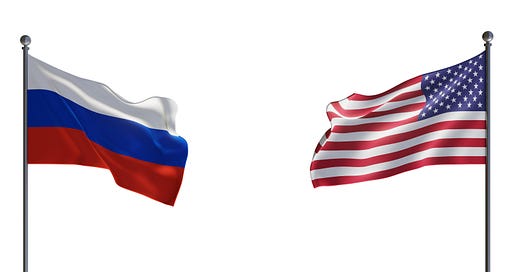




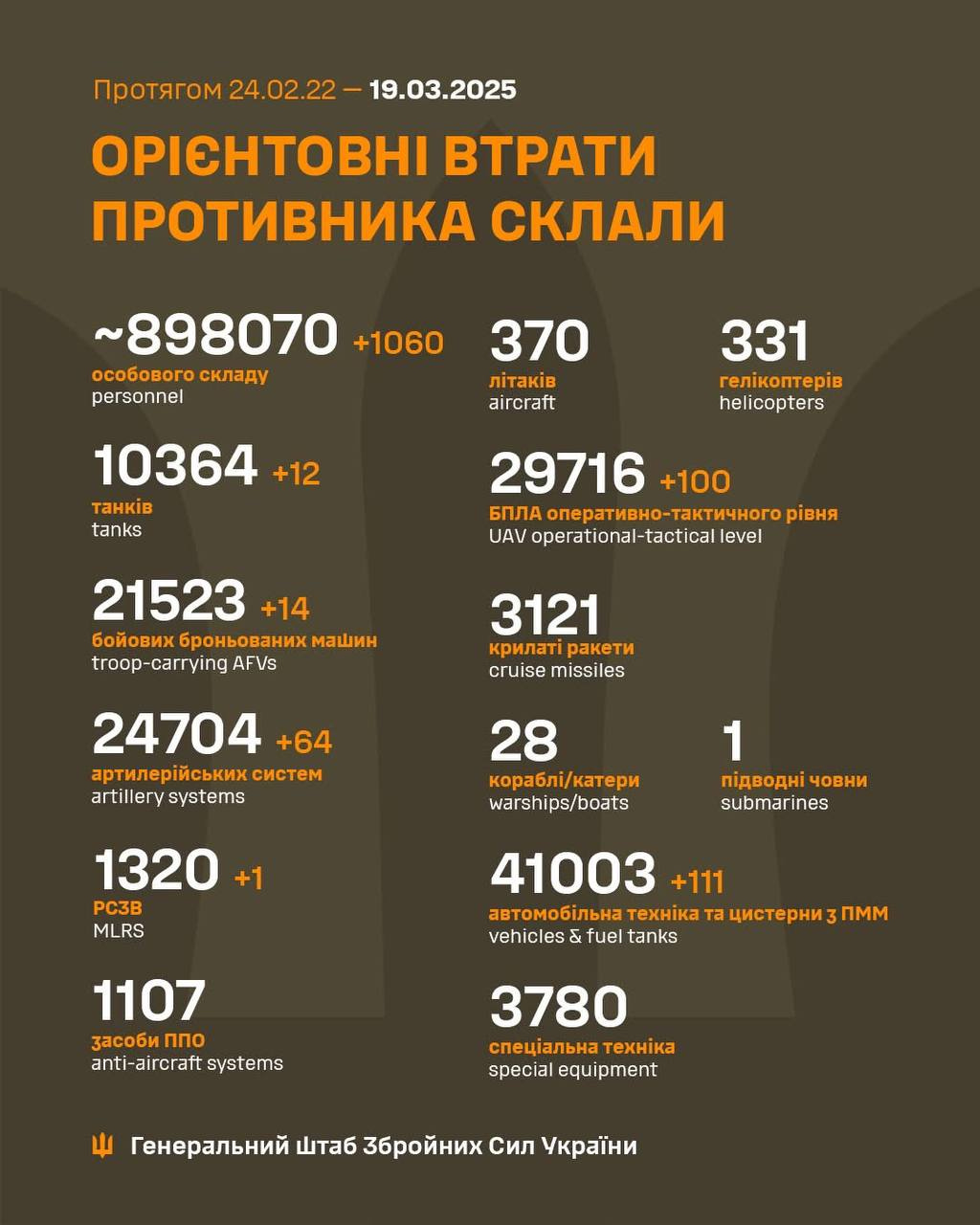
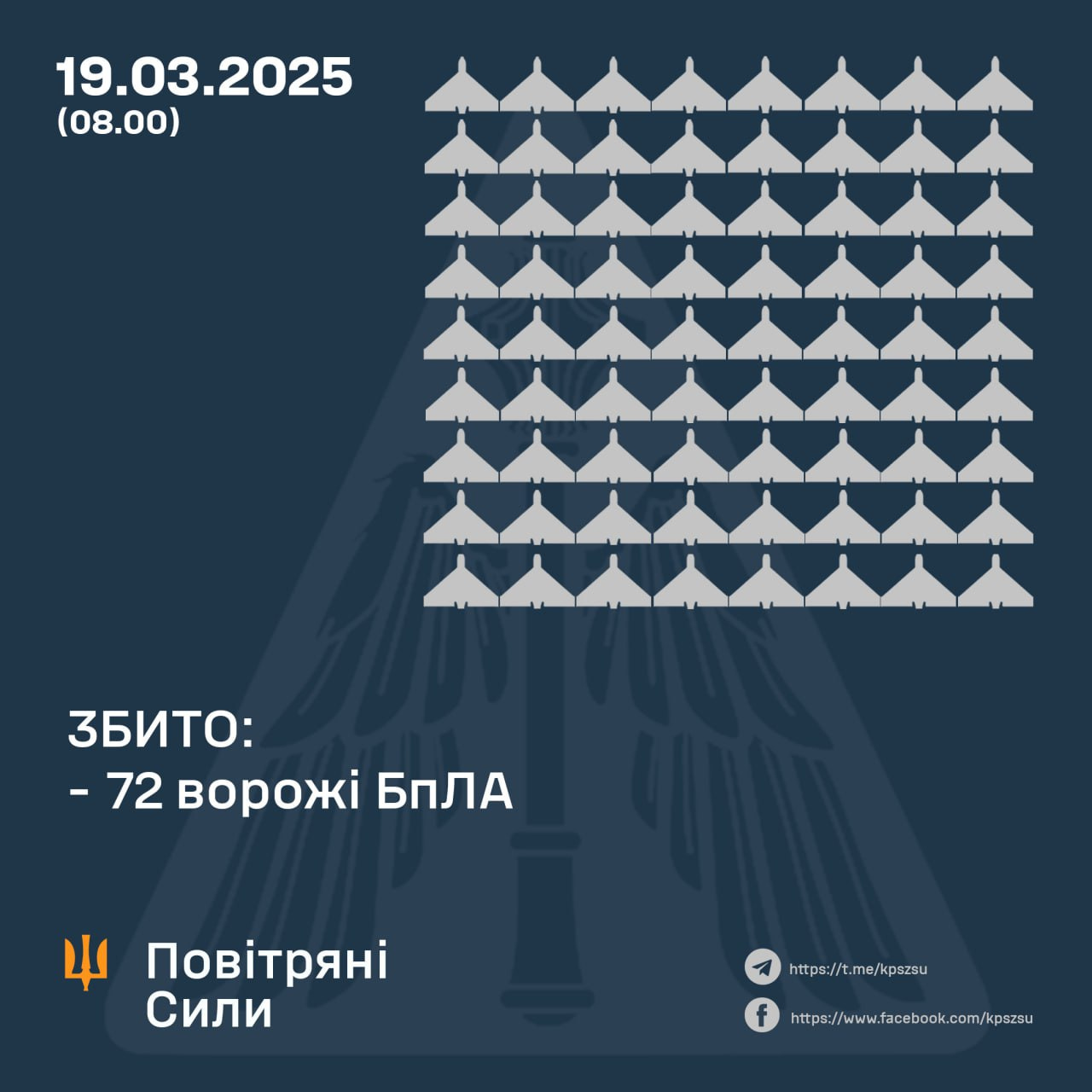
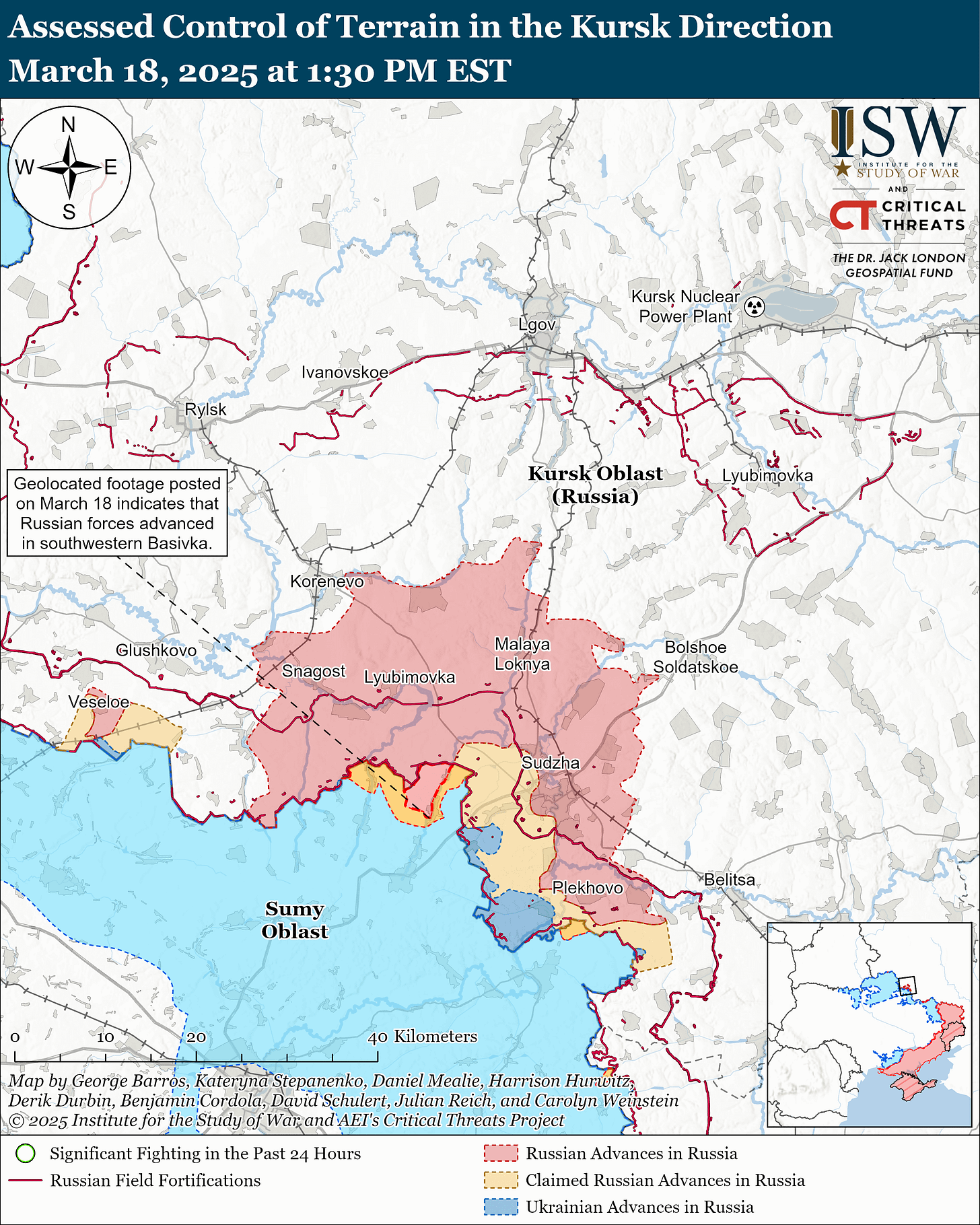
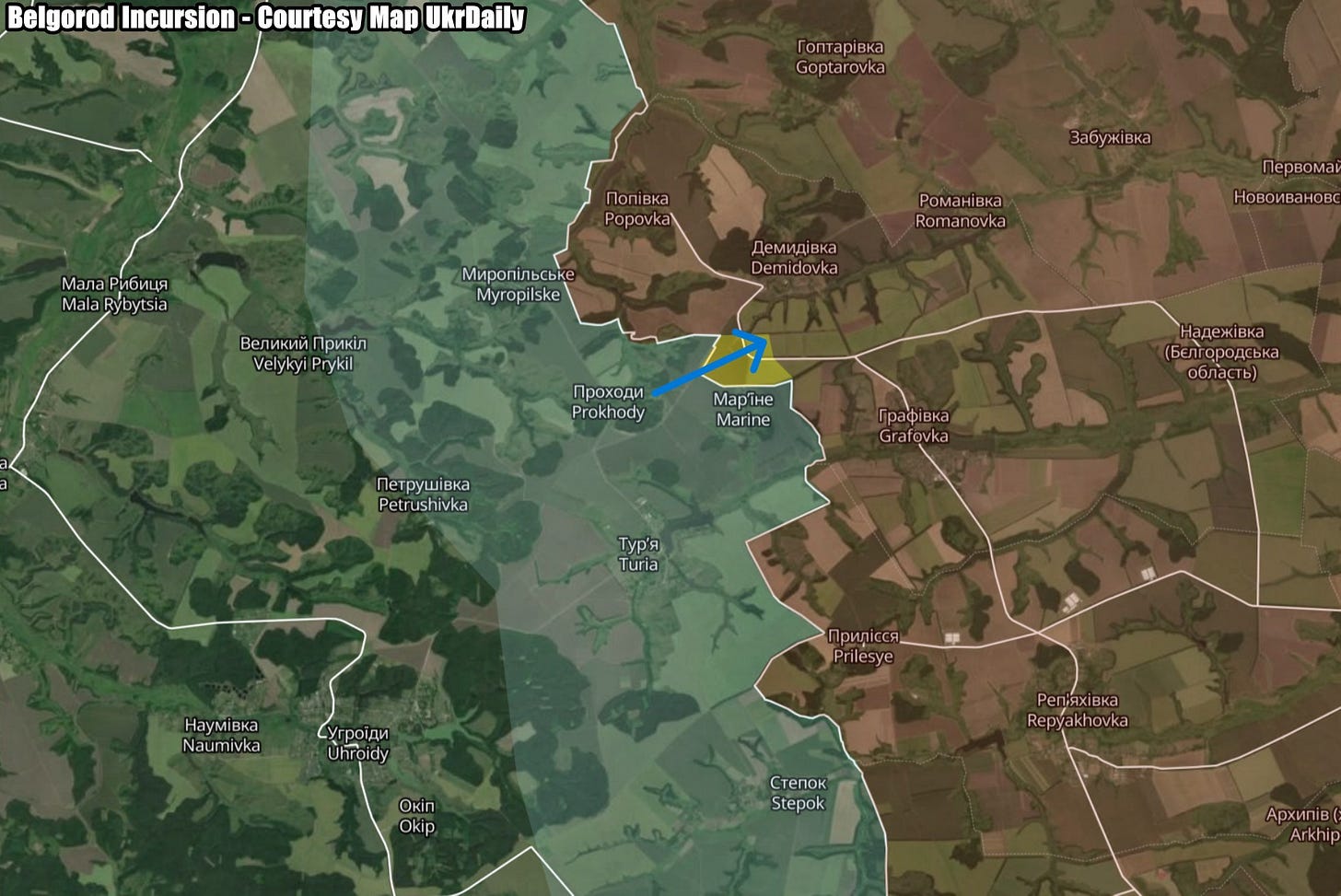
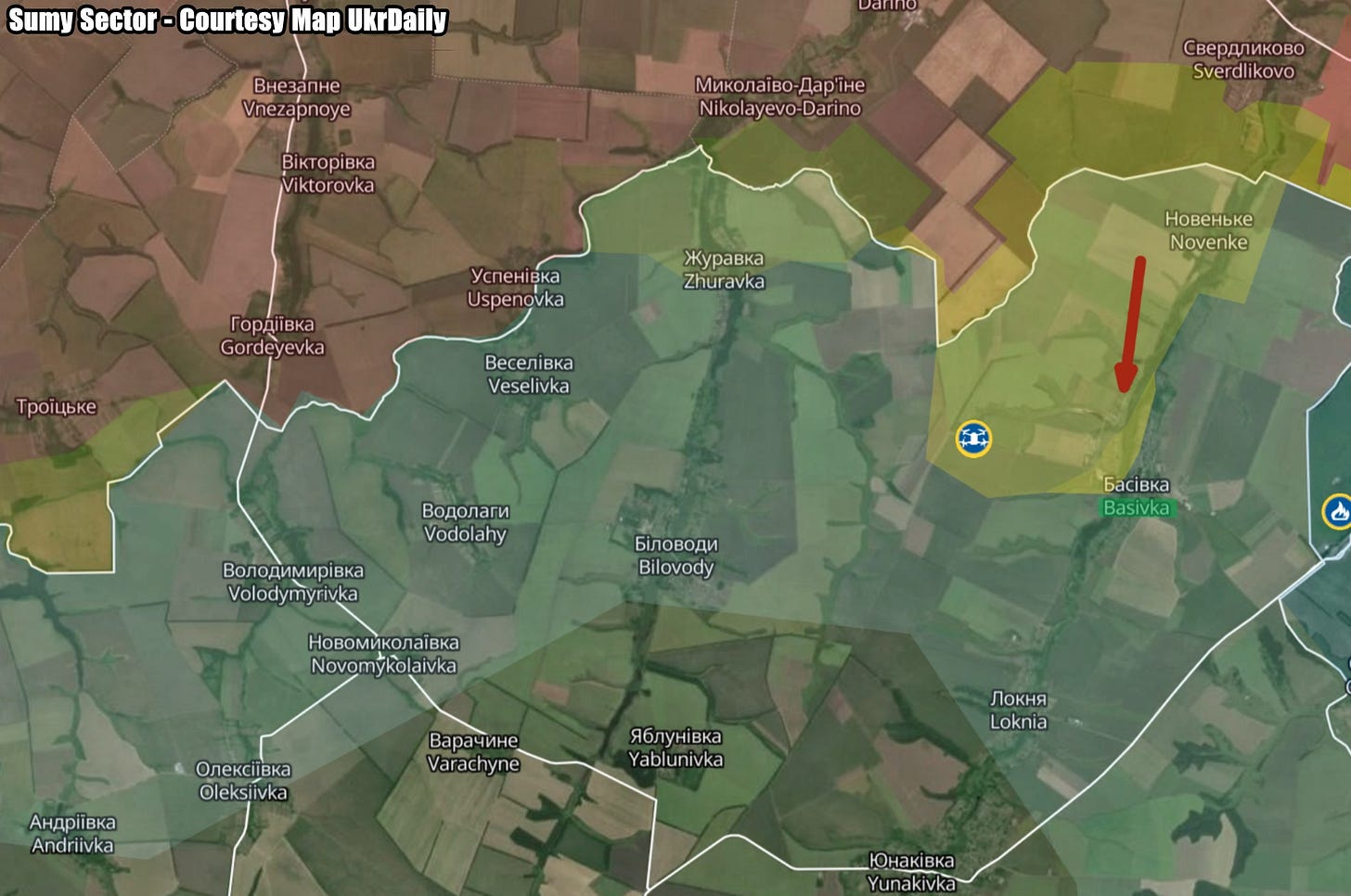
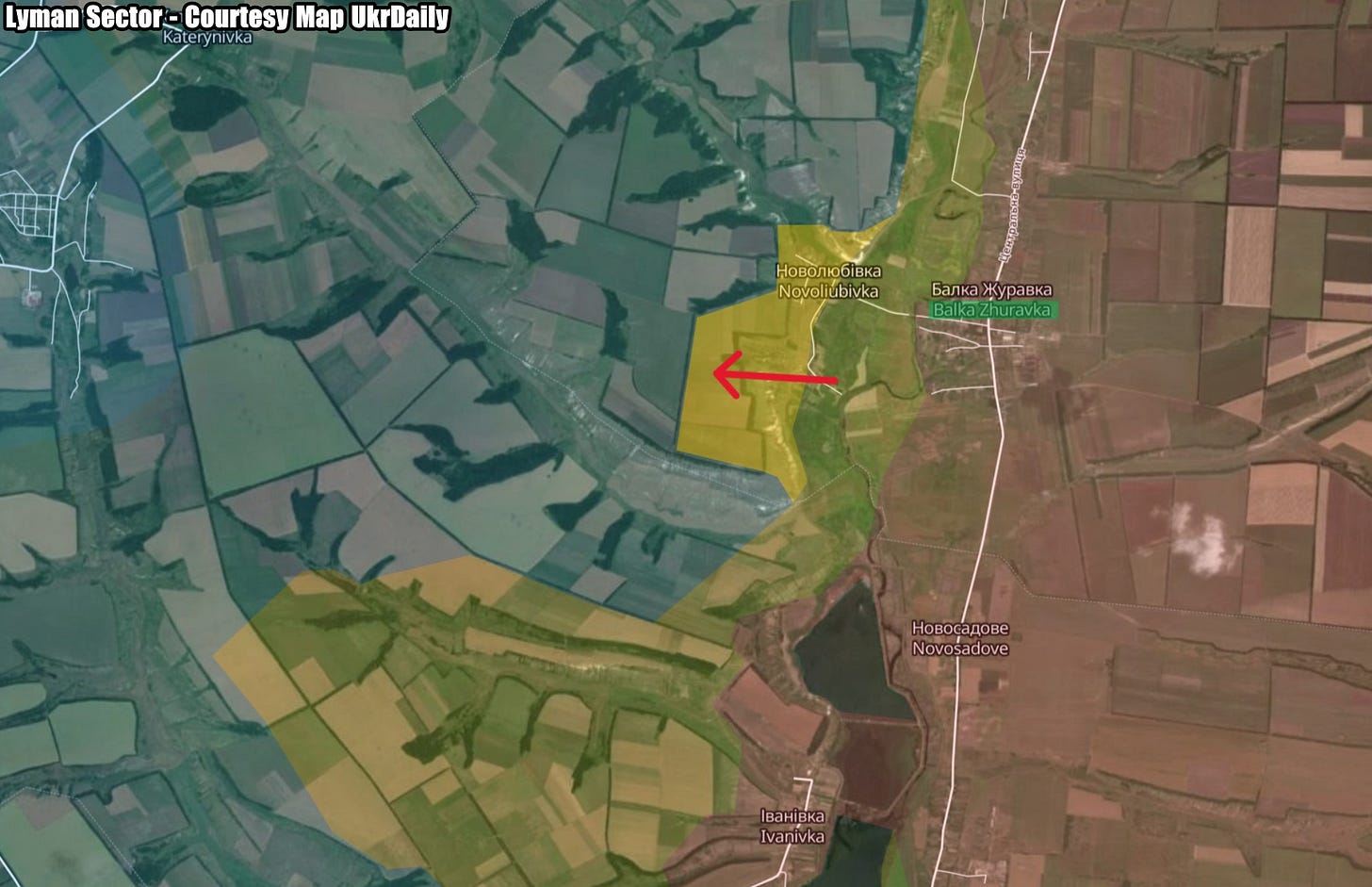


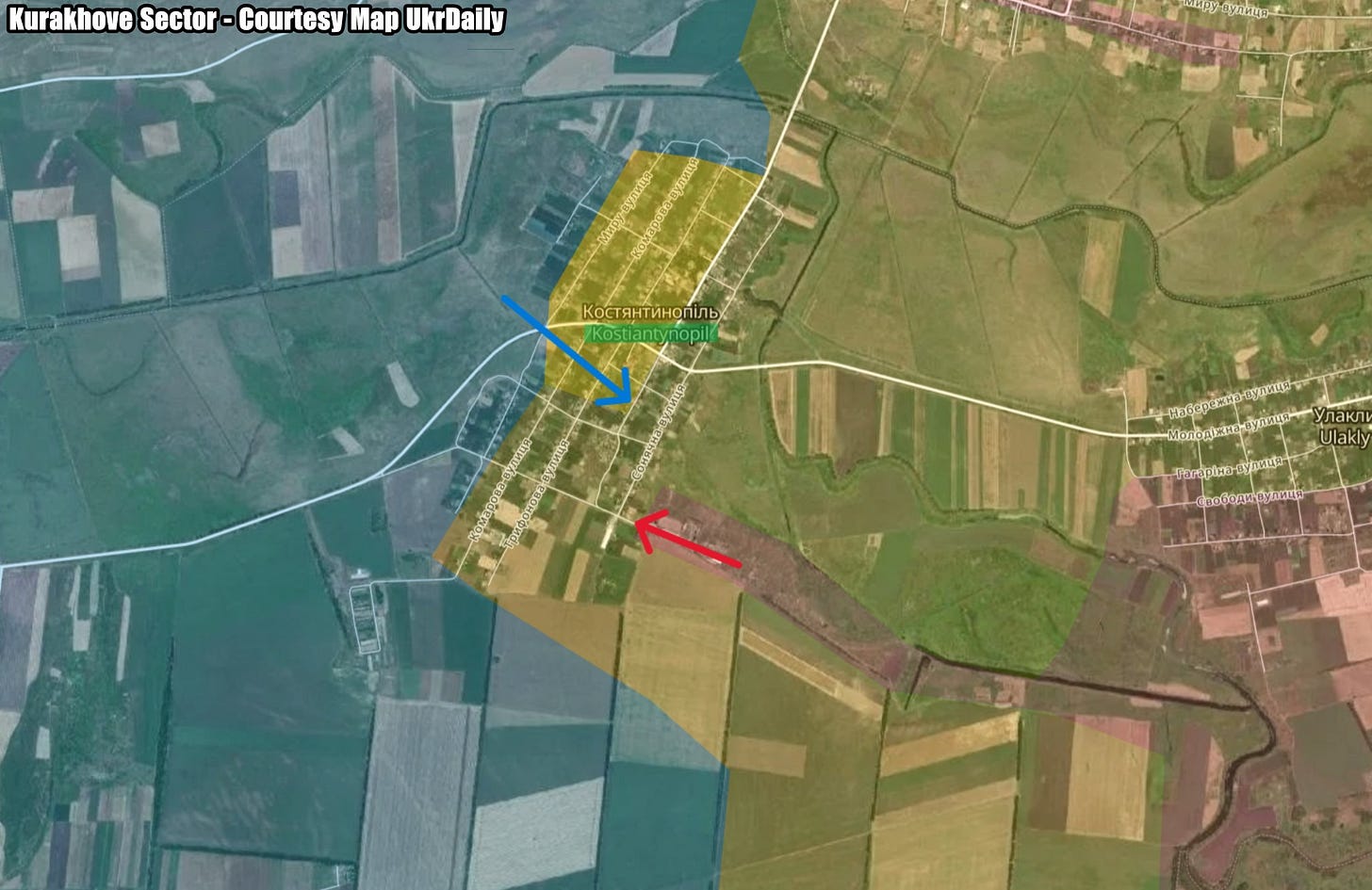
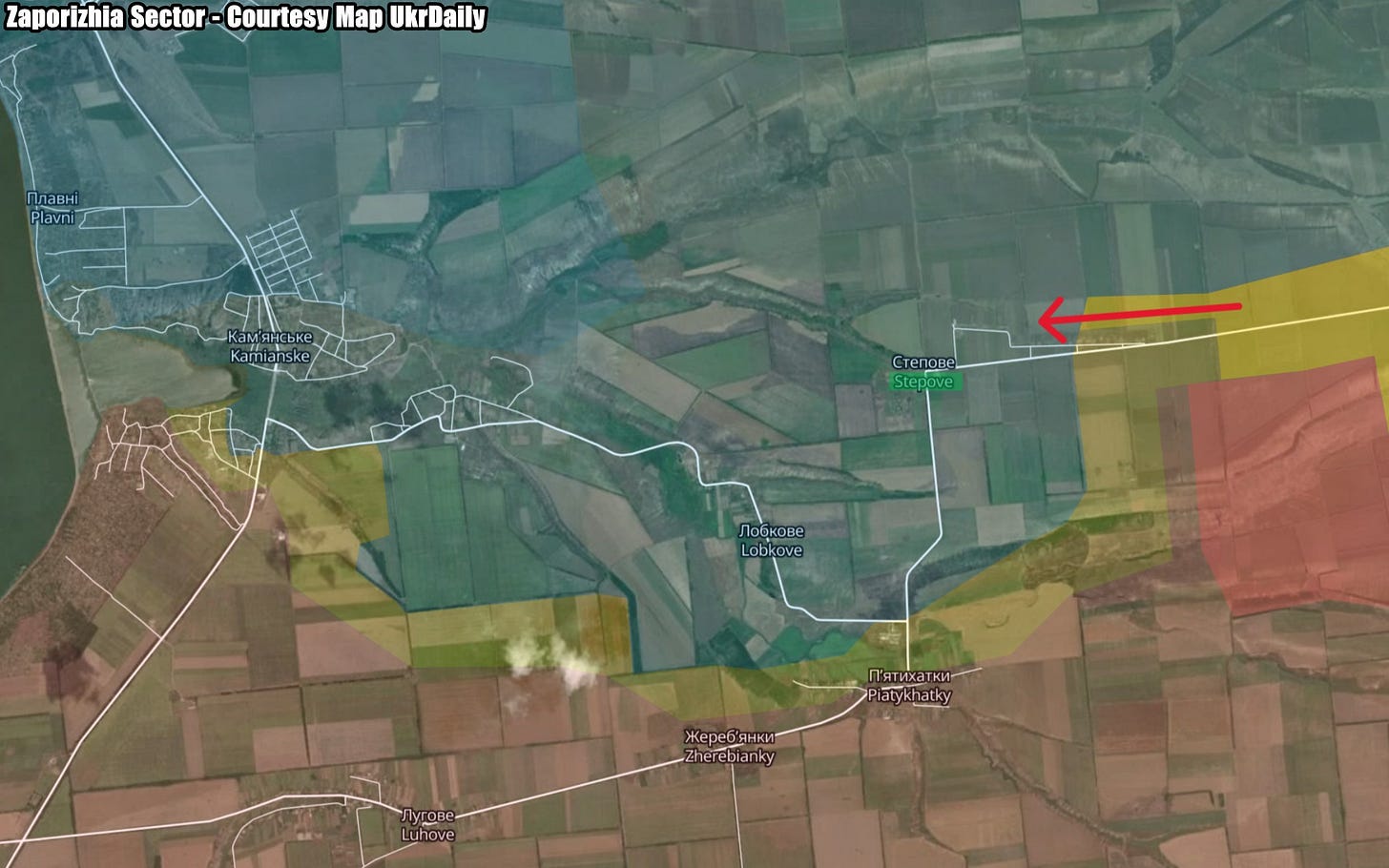

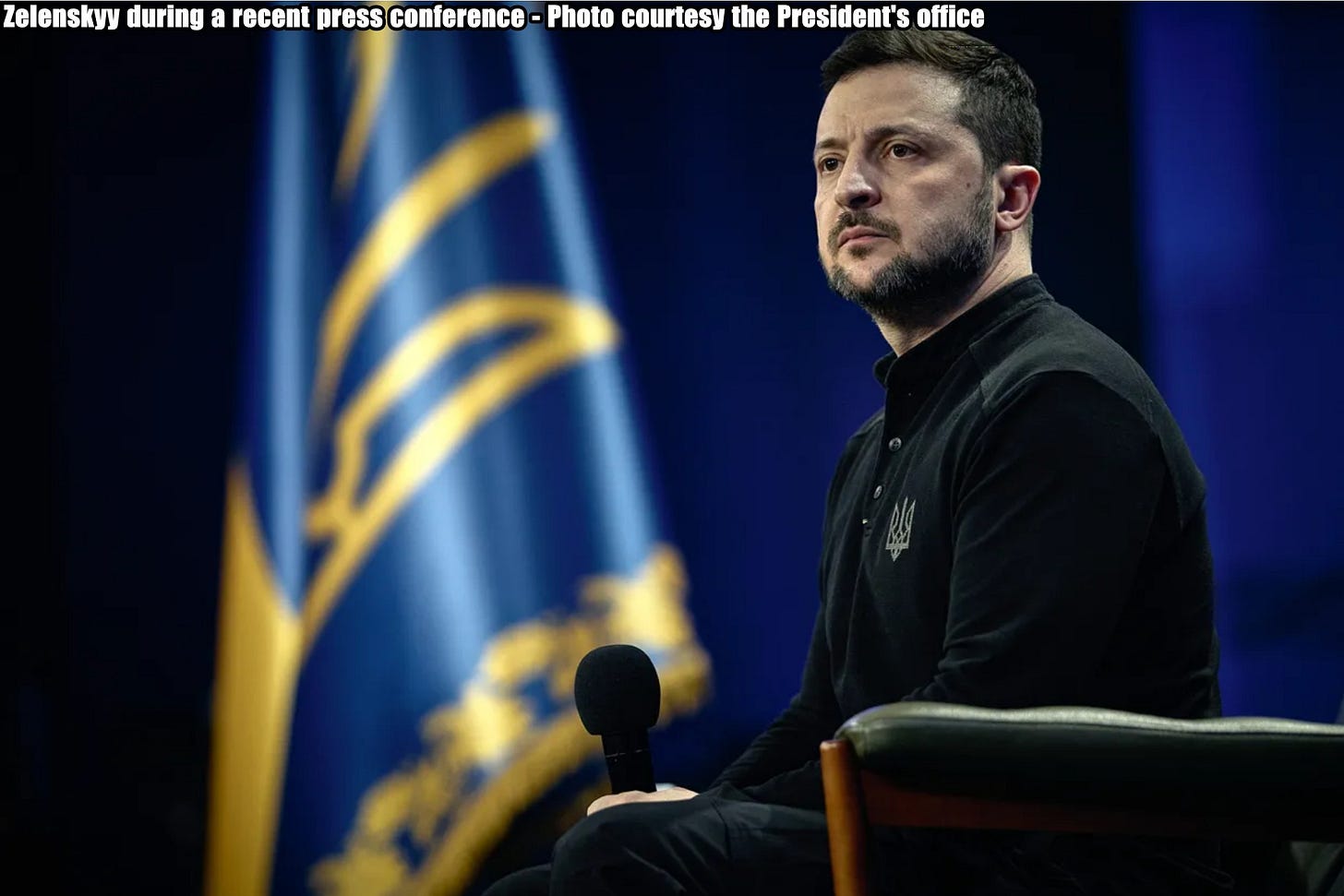
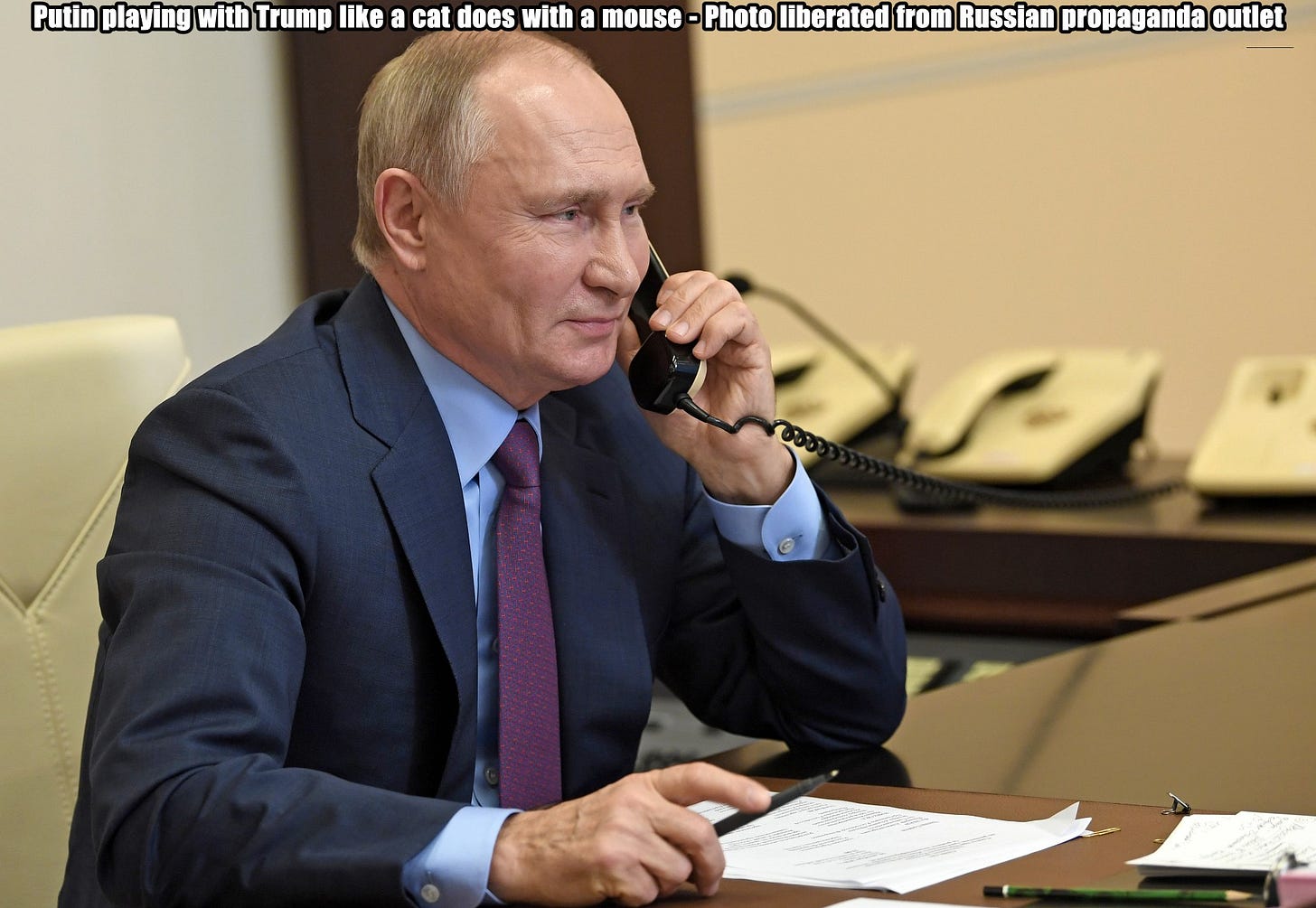
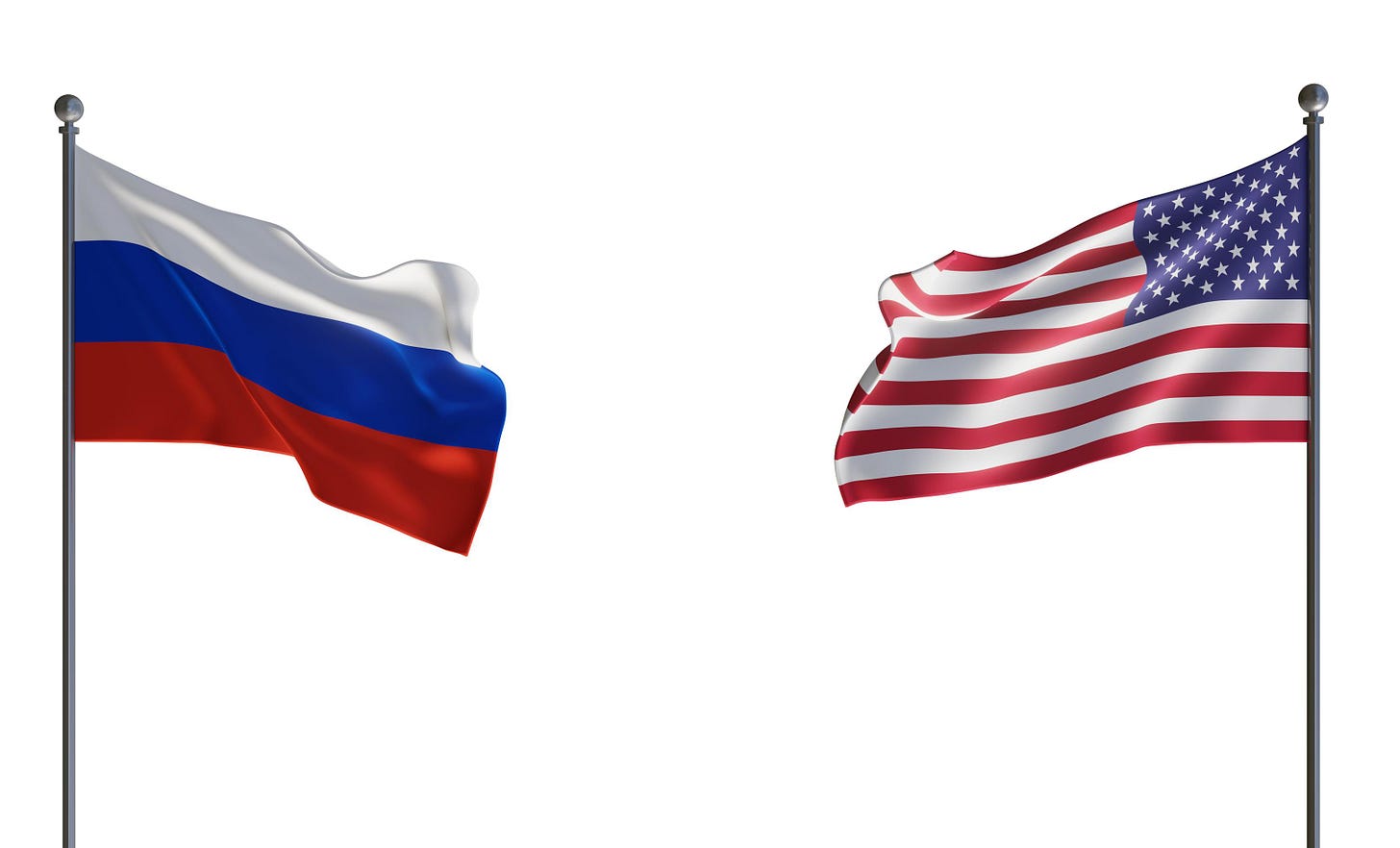
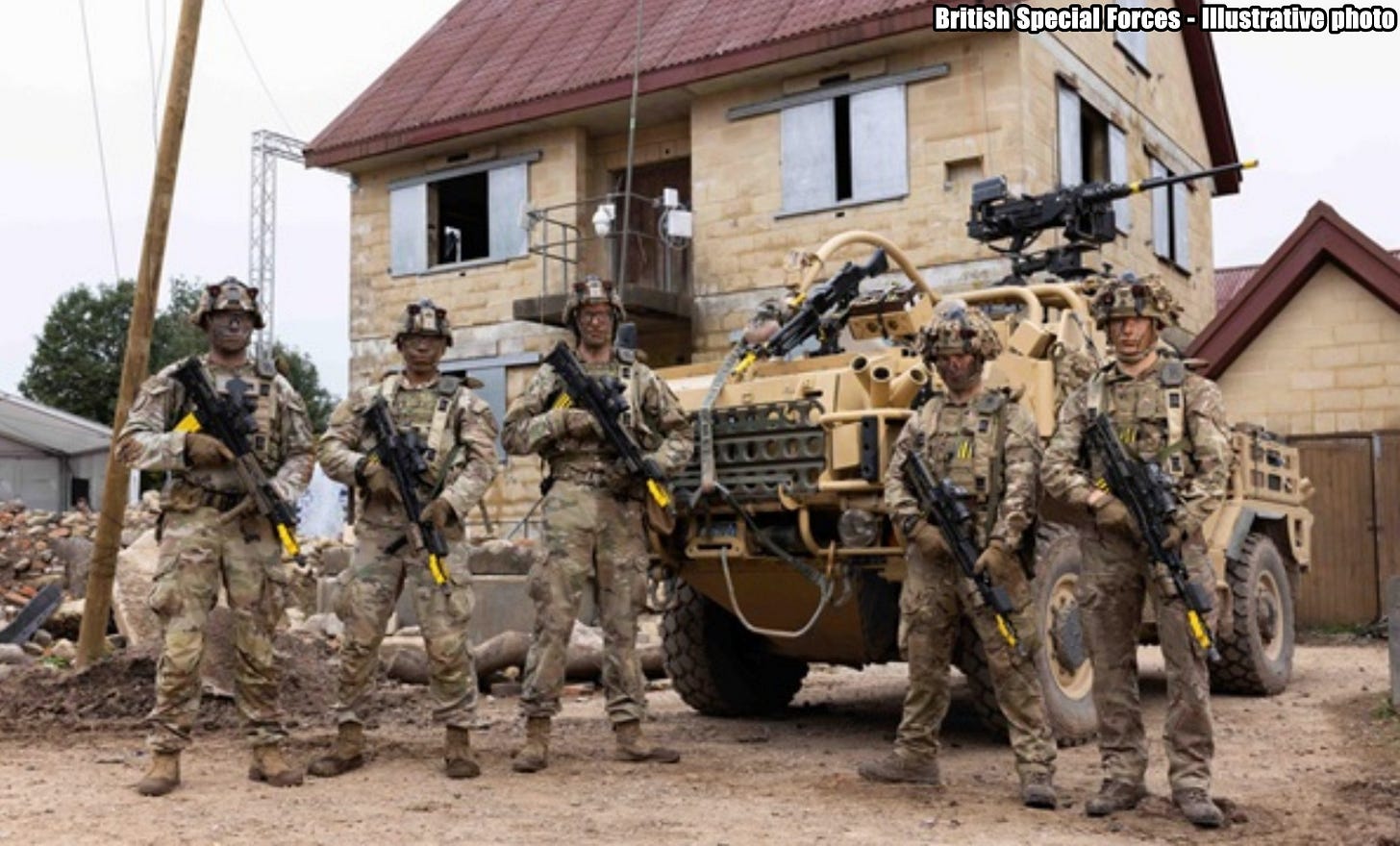
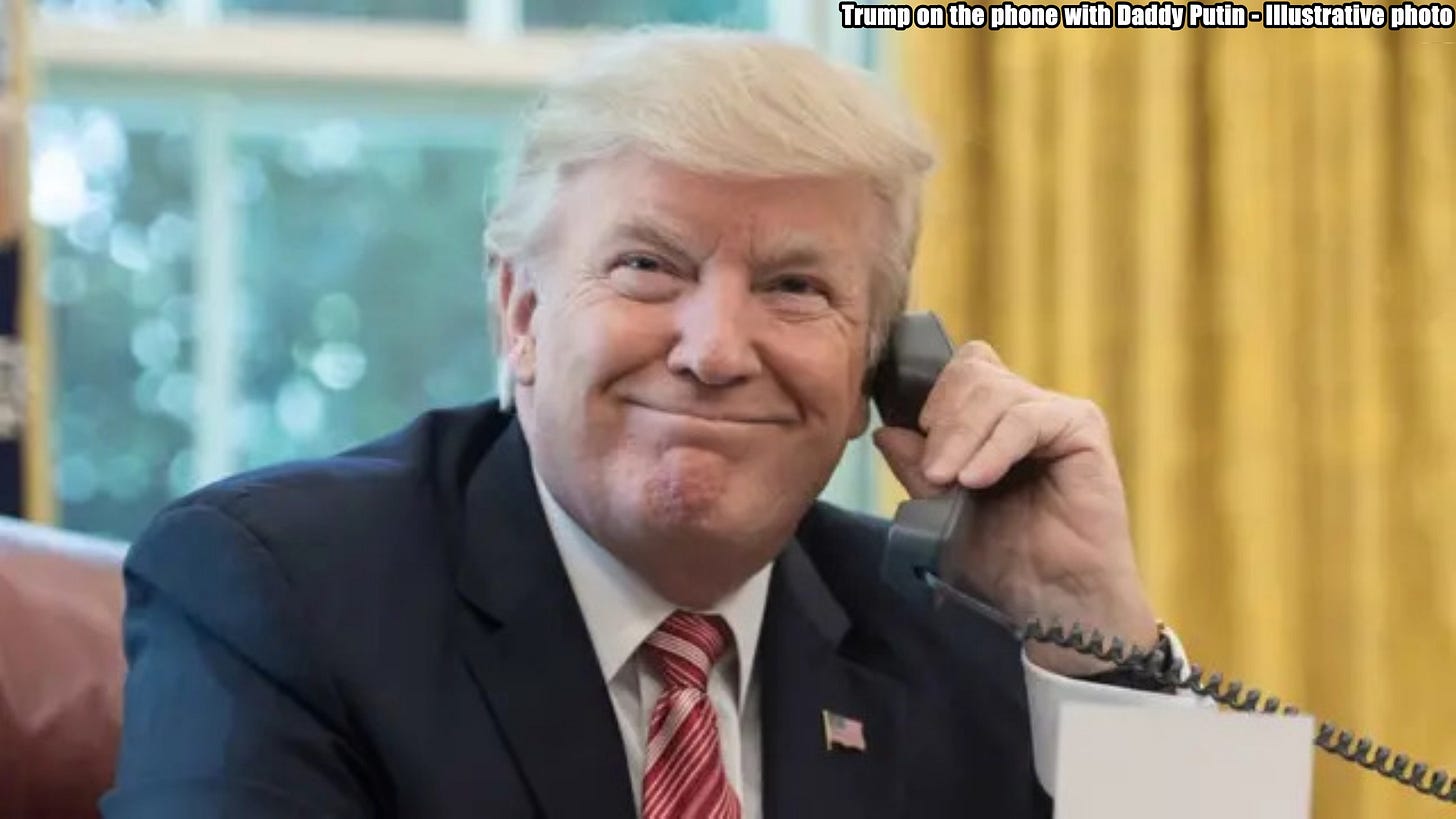

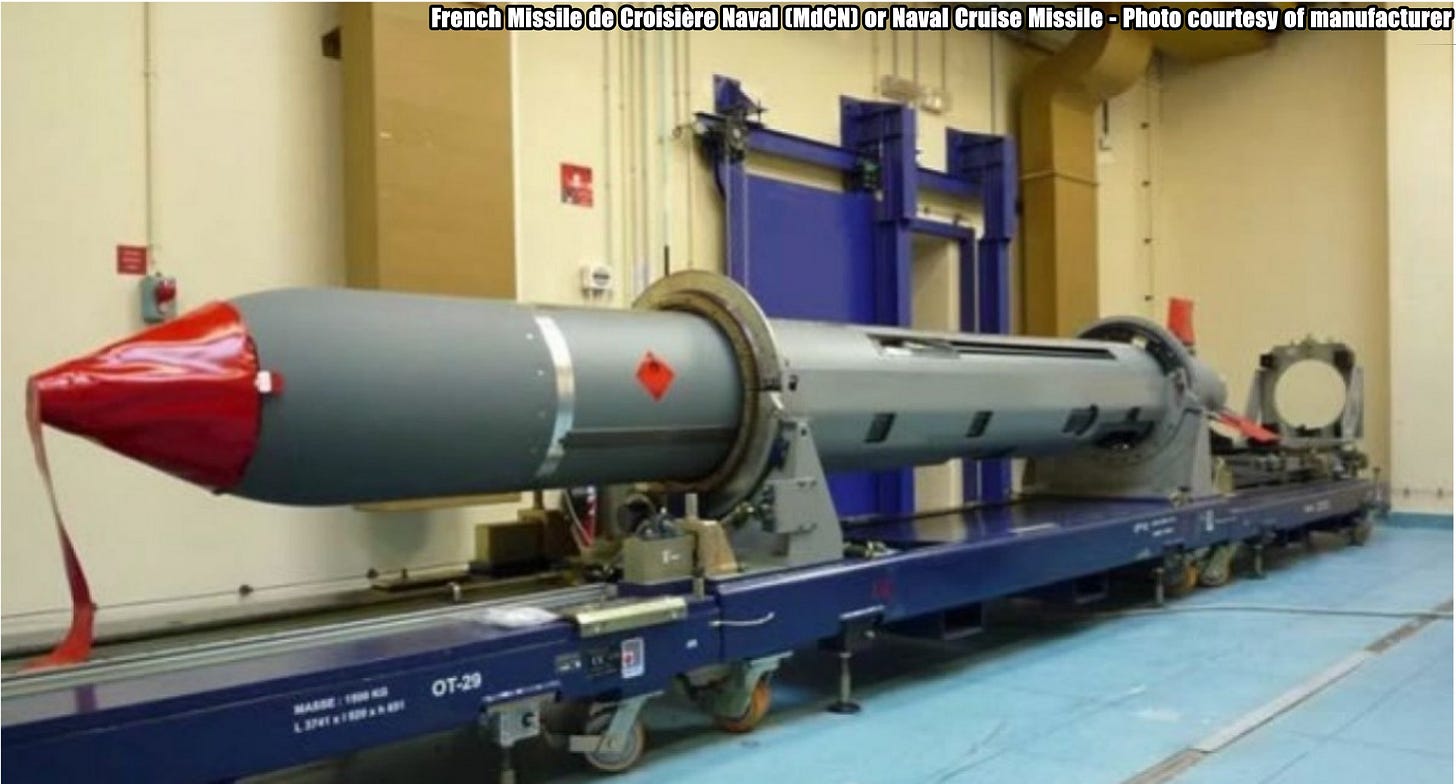


Excellent read, so much information.